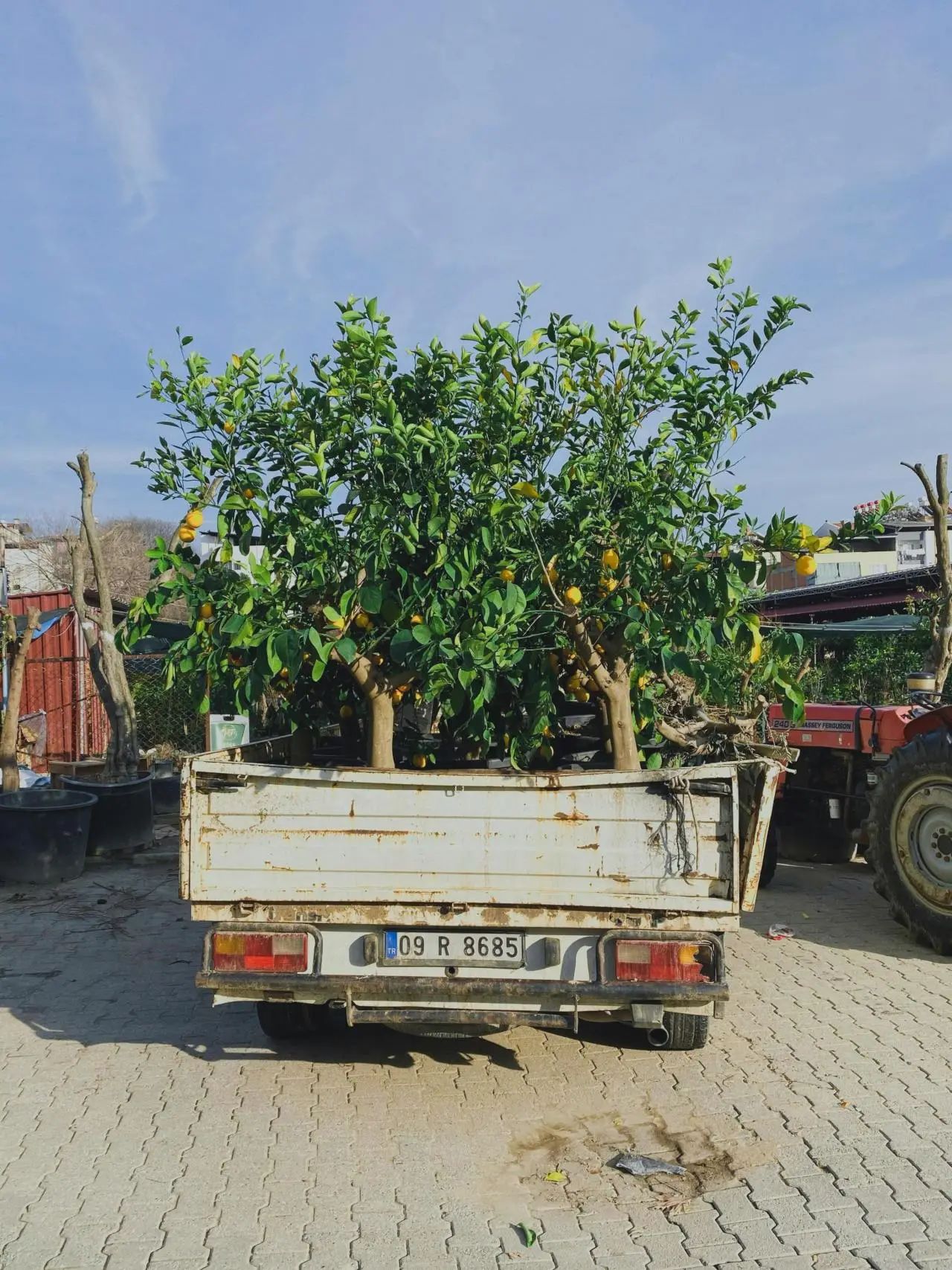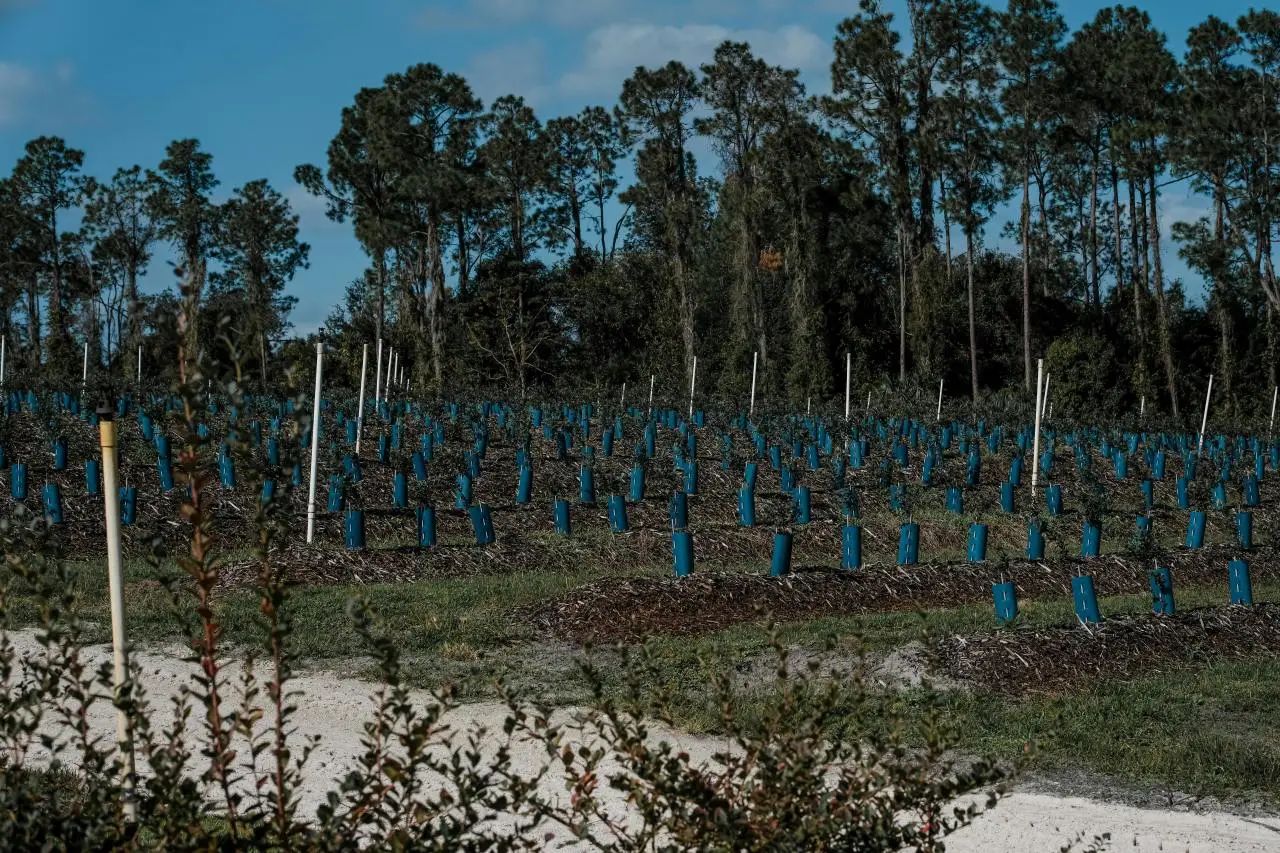Talk about safe winter methods for southern seedlings in the north


In landscaping work, we often introduce plants that originally did not belong to the area into the area due to factors such as aesthetics or maintenance convenience. Common tree species such as osmanthus, camphor, Chinese fir, magnolia, rhododendron, and gardenia are introduced to northern regions. However, some tree species gradually adapt to the northern environment, while others are unable to adapt to the winter in the north, or endure the cold winter and suffer from the harm of spring cold in early spring, resulting in death.
So, how can seedlings imported from the south safely survive the winter in the north?
01 Choose the transition zone in the middle

Choose relatively frost resistant varieties among southern tree species, slow down seedlings for 1-2 years in areas with good microclimate conditions (warmer than northern winters), and then transplant them to colder northern regions. This can help the seedlings gradually adapt to the northern climate and greatly improve the survival rate of southern tree species during winter in the north.
02 Enhance resilience

Strengthen cultivation management
After transplanting seedlings from the south to the north, it is necessary to strengthen daily management, such as timely weeding during the growth period of trees, timely and reasonable fertilization and watering, promoting the robust growth of seedlings' roots, and accumulating more nutrients and sugars in the tree body, which can enhance the tree's cold resistance.
Reasonable fertilization
For seedlings from the north, we often say 'lightly apply spring fertilizer, skillfully apply summer fertilizer, and heavily apply autumn fertilizer'. However, for seedlings from the south, chemical fertilizers should be stopped as much as possible in autumn to avoid overgrowth, which may cause the branches to enter the cold winter before they can lignify, making the plants more susceptible to freezing damage. It is recommended that everyone apply organic fertilizers, whose slow-release effect releases a certain amount of heat during the decomposition process, which can slightly increase the ground temperature and better protect the roots of trees and plants.
Timely prevention and control of pests and diseases
Early prevention and timely control of pests and diseases are necessary. For example, some stem boring pests, once seedlings and flowers are affected by these pests, their tree vigor will be relatively weak, and the wormholes damaged by stem boring pests will be more prone to freezing damage. For stem boring pests, spraying treatment can be carried out by adding "Chonglai Meiyou-S cyanofenthion" and "Yichadiao perchloramine salt" with penetrant.
Preventing plant yellowing
The main reason for yellowing of southern tree species after transplantation is that southern seedlings prefer acidic soil, while most soils in the north are alkaline. If southern plants cannot adapt to northern soils, they are prone to physiological iron deficiency yellowing upon arrival in the north.
Most southern seedlings, such as camphor trees and gardenia flowers, will experience some degree of yellowing after being transplanted to the north. The yellowing is mostly in new leaves and is particularly evident in winter and spring. After yellowing, the leaves will turn from green to yellow, become thinner, and in severe cases, the leaves may even turn pale white. This not only affects the normal photosynthesis of plants, but also makes seedlings more susceptible to freezing damage in winter and spring seasons, and new leaves are easily burned by high temperature sunlight in summer, resulting in sunburn.
03 Cold prevention measures

Timely pour frozen water and green water
Winter in the north is much colder than in the south, and the frozen layer of the soil is also deeper, so winter irrigation is necessary.
Pouring antifreeze water before soil freezing has many benefits. It can not only utilize the large heat capacity of water to reduce the amplitude of ground temperature changes and decrease the temperature difference between day and night, but also alleviate plant overwintering and freezing damage. It can also store sufficient water for the active layer of the root system, thereby meeting the water needs of trees and other garden plants during winter and early spring, effectively preventing drought in plants during winter and early spring.
In addition, when the soil thaws in early spring, it is necessary to timely irrigate it with green water. By utilizing the large heat capacity of water, it can effectively reduce soil temperature, delay the activity period of roots, delay flower bud germination and flowering, avoid freezing damage, and also prevent the occurrence of sprouting phenomenon.
Protect root system and root neck
The cold and frost resistance of tree root necks is often poor due to their longer activity time, the latest growth stagnation and earlier onset, and the root system being close to the surface, accepting the largest temperature difference changes and lacking the ability to naturally sleep. Therefore, the cortex of the root neck is highly susceptible to damage from low temperatures and temperature differences. The root system near the surface is highly susceptible to winter cold and drought damage, especially in sandy soil, or in other words, winter snow and drought can become causes of root freezing damage.
So for the root system, it is generally achieved through measures such as watering with antifreeze water and covering the surface roots and tree holes with thin films. For the root neck, it is necessary to pile soil at the root neck after being filled with antifreeze water to prevent cold. Generally, the soil should be piled up at a height of 40-50cm and compacted.
Protecting tree trunks and branches
For the freezing damage of tree branches, methods such as brushing white agents on the trunk or wrapping tree cloth can be used to protect the trunk. In such areas, there are few ducts, poor nutrient supply, and poor nutrient storage capacity at branching points, which can easily cause duct rupture. And the branching parts of trees are prone to snow accumulation, making the surface tissues such as bark softer, thereby reducing their resistance to low temperatures.
For tall plants such as magnolia, camphor, and purple wisteria, a thin film can be wrapped from bottom to top around their main stems and branches, and grass ropes can be wrapped outside the film to effectively prevent freezing damage to the plant's main stems and branches.
Build a wind barrier
For low shrubs such as boxwood, fire thorn, gardenia, etc., a cold shelter can be built; For tall seedlings such as magnolia, osmanthus, camphor, etc., 3-4 stakes can be erected on the windward side, and horizontal bars and supports can be set up. Then, fine wire can be used to sew non-woven fabric onto the stakes to form a windproof barrier.

Snow making and snow piling
Many southern plants are evergreen and do not shed their leaves in winter, so it is easy for the tree crown to accumulate snow after snowfall in the north. It is necessary to snow it in a timely manner to effectively prevent the absorption of heat from the tree body when the snow melts, and to prevent the top and outer leaves of the tree crown from being frozen and scorched due to excessive temperature drop.
After snowfall, snow can also be piled around tree roots, which can not only prevent tree roots from freezing damage, but also increase soil moisture and lower soil temperature after spring snow melting, delaying the period of root activity and germination, effectively avoiding the harm of late frost or spring cold to plants. Note that snow that has been treated with snow melting agents should not accumulate at the roots of the tree.
Article source: Reprinted from Garden Headlines